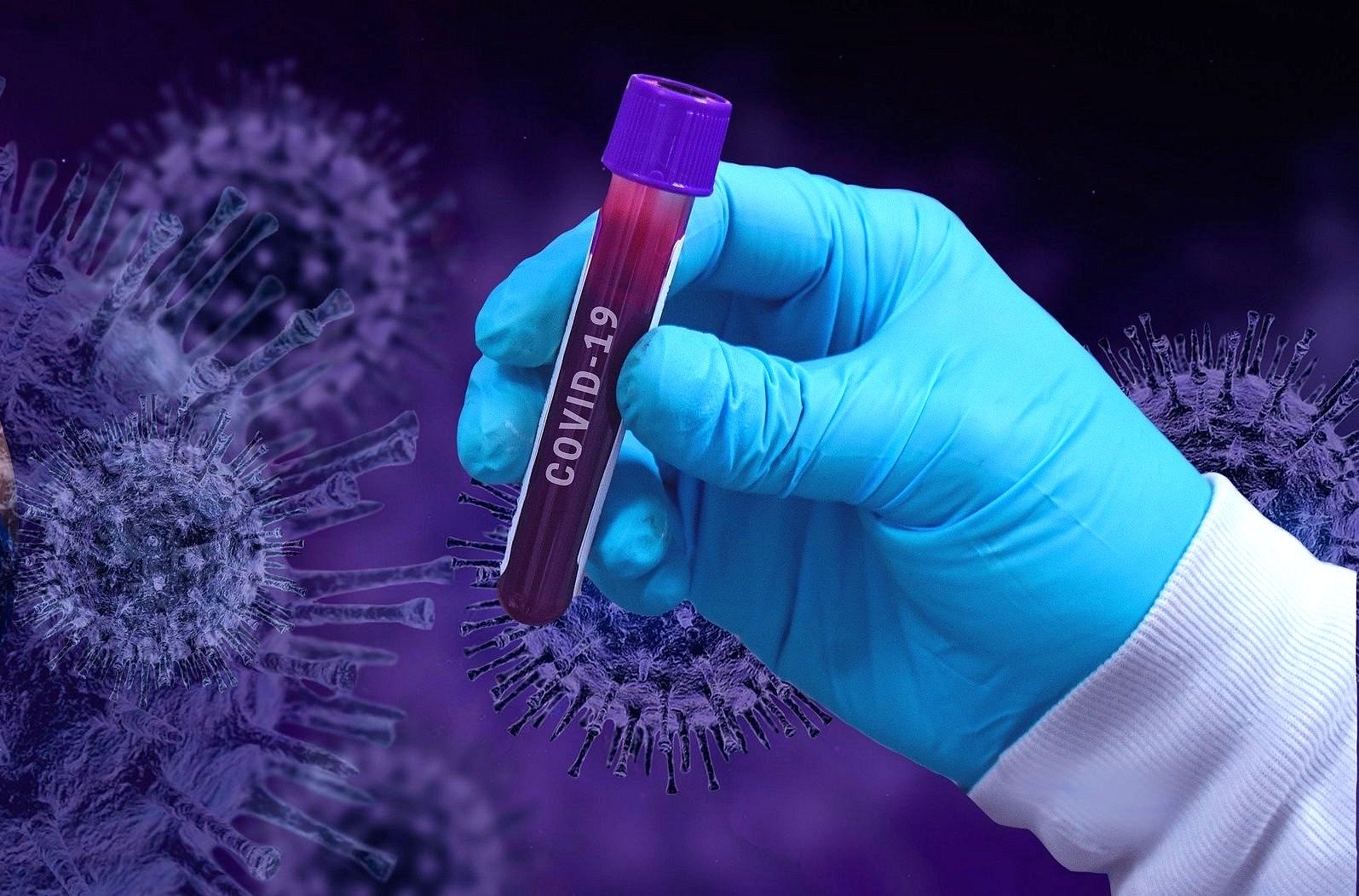Politics
Analysing The Second Wave: The Worst Should Be Over In Three Weeks
- Data shows that every cluster, no matter how large, has a peak life of less than a month.
- And that is something we may take heart from.

Covid-19 testing.
Many large states of India are once again in the furious grip of a second wave of the Wuhan virus. New records are being set in daily case numbers along with steeper growth exponents.
To this end, a fresh set of analytical and diagnostic plots have been generated at the state level to derive inferences, using the second week of February 2021 as the starting point of the second wave.
As the chart above shows, the fastest climbers of the second wave are Maharashtra, Chhattisgarh, Karnataka, Punjab, Delhi and Tamil Nadu. Close behind, with a slightly delayed start are Rajasthan, West Bengal, Haryana, Uttar Pradesh, Bihar and Gujarat. As usual, the Kerala numbers make little sense.
We see that kick-off times for the second wave vary from state to state by a month. And in Kerala and Maharashtra, it is as if the epidemic never really abated (this was actually flagged by Swarajya on multiple occasions in the past, since the cumulative positivity levels in both these states remained so high for so long, in spite of an ostensible reduction in case counts on paper).
The first inference, then, is that there is no point trying to do a country-level forecast, since the bulk of the new cases are restricted to a few districts in a few states. For example, 40 per cent of the cases are from one state, Maharashtra, within which, over half the cases are from just four urban districts — Mumbai, Thane, Pune and Nagpur.
In Chhattisgarh too, factoring in fluctuations, about a third to half of the daily cases are from the state capital region alone.
This is the main difference between the two waves, and also the reason why infected carriers are being tracked and isolated so swiftly. (Readers would remember that the slow, inexorable rise of cases in 2020 was primarily because most states took three to four months to develop requisite testing capacities; that lag time is absent now)
The third point is the most important: an analysis of current trends vis-a-vis historical data indicates that the worst of the second wave should be over in about three weeks.
Why do we say this? The reason is empirical: last year’s data of June-July onwards, from many dozens of badly-affected jurisdictions (after the nation-wide lockdowns were relaxed), shows that once testing ramped up to requisite levels, and local administrators diligently enforced tracing and isolation protocols of infected individuals, both daily case counts and cumulative positivity began to reduce consistently in about three weeks.
As a second chart below shows, both case counts and positivity began to dip over a three-week period, once countrywide testing ramped up to requisite levels in late July. The critical period is marked by a yellow oval. Note how positivity (orange line) and case counts (red line) start to plateau once daily testing (purple line) starts to edge towards the million-per-day mark:
This time, the systems are already in place, so as long as district administrations dutifully follow set operating procedures for epidemic management (like the arduous-but-eminently-sensible Union government suggestion to select micro-containments over a blanket locking down of entire postal districts), there is no technical, statistical or logical reason to believe that case count abatement would behave any differently.
In effect, while the extreme steepness of the present curves may seem alarming, they actually reconfirm that these case counts arise from geographically limited clusters; and, that their plateaus would be brief, followed by an oscillating decline.
What does that mean in policy terms?
First, heightened demand for medical oxygen is thus not expected to be a prolonged issue in areas where the epidemic is presently raging again; if oxygen has to be diverted from industrial users to hospitals, at the cost of slowing down or temporarily halting industrial operations, it will only be for a limited period of time.
Third, there will be issues in states like Maharashtra and Kerala, where a lackadaisical approach to managing the contagion has been the hallmark of administrations from the start. Very little can be done, save restricting or screening travellers, unless the situation improves. Ideally, one would expect micro-isolation in Maharashtra, and a doubling of testing in Kerala, rather than ham-handed blanket lockdowns which do more harm than good.
Of course, this is not to say that fresh, large clusters will not erupt in new places; but it is quite clear that the pace and intensity of virus transmission, while remaining a function of population density, has an empirical relation to time.
To sum up, the data shows that every cluster, no matter how large, has a peak life of less than a month. And that is something we may take heart from.
All data from Covid19india.org
Introducing ElectionsHQ + 50 Ground Reports Project
The 2024 elections might seem easy to guess, but there are some important questions that shouldn't be missed.
Do freebies still sway voters? Do people prioritise infrastructure when voting? How will Punjab vote?
The answers to these questions provide great insights into where we, as a country, are headed in the years to come.
Swarajya is starting a project with an aim to do 50 solid ground stories and a smart commentary service on WhatsApp, a one-of-a-kind. We'd love your support during this election season.
Click below to contribute.
Latest